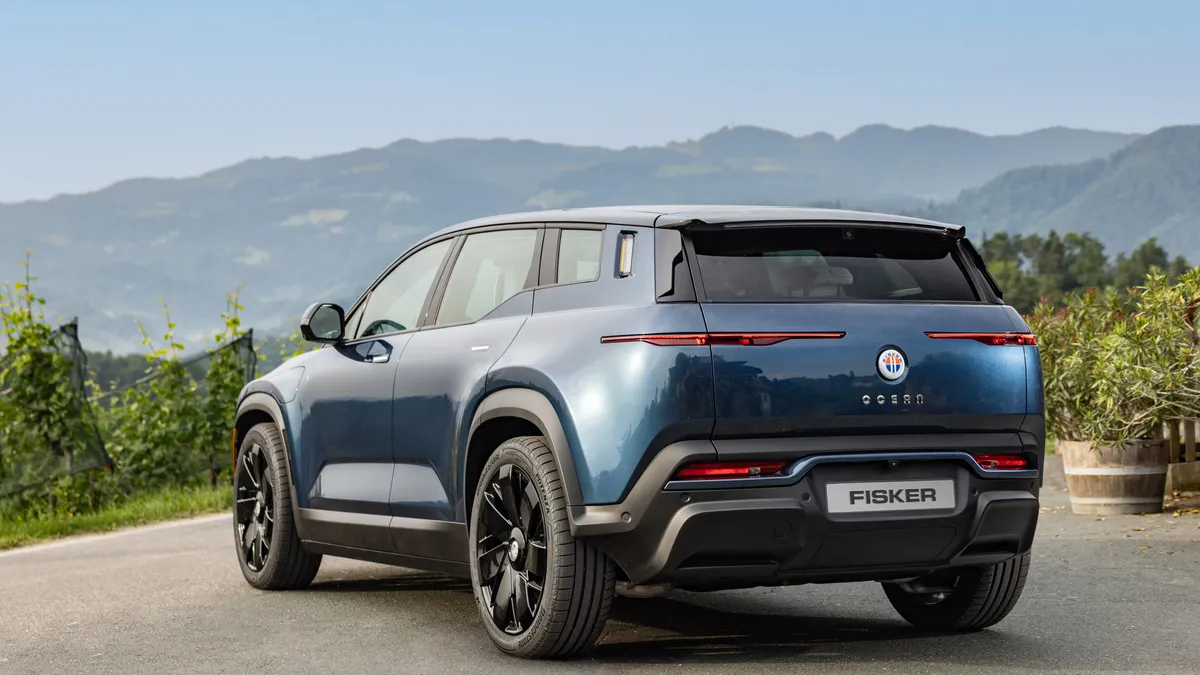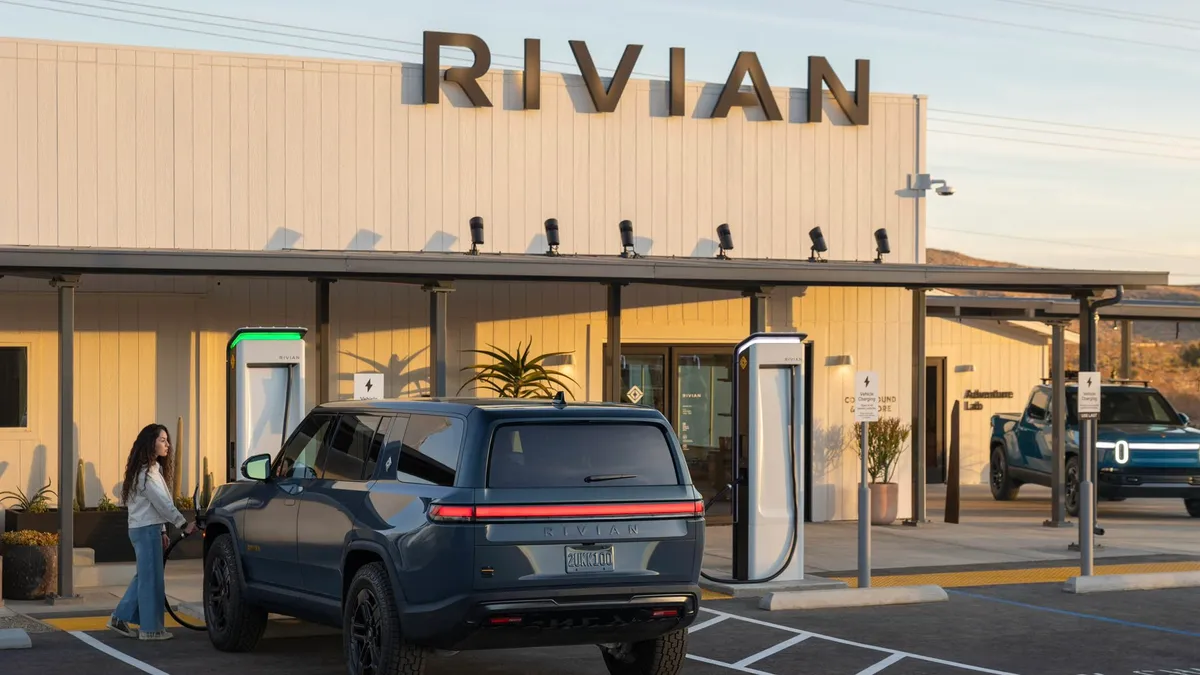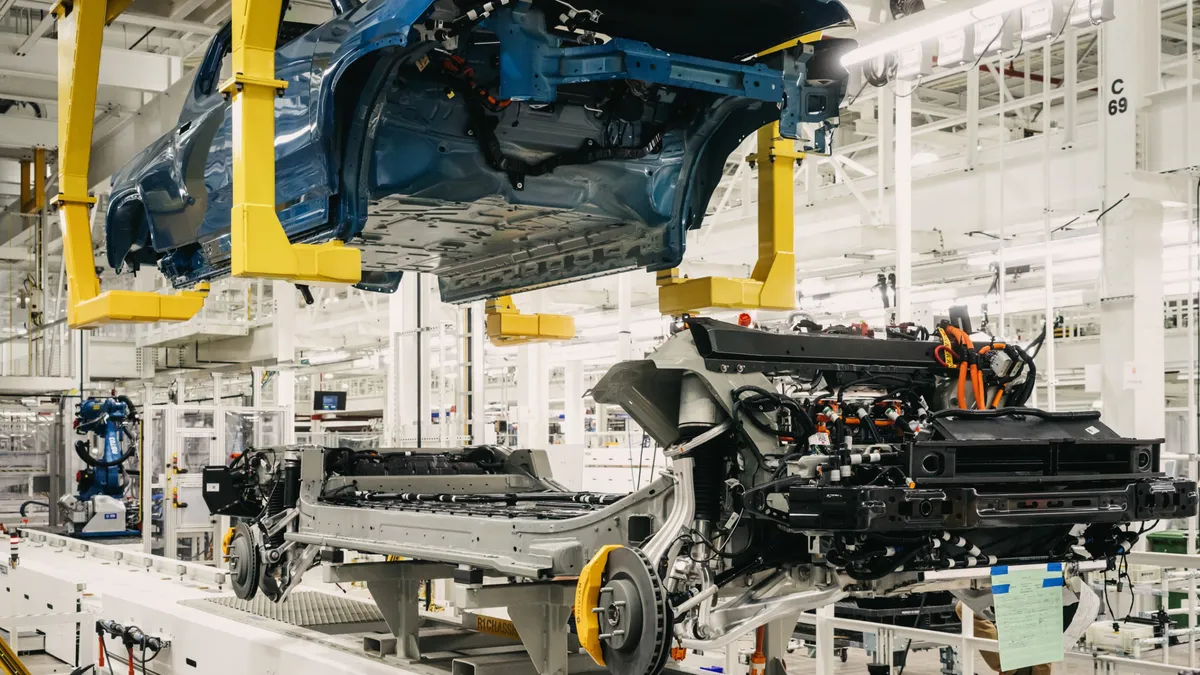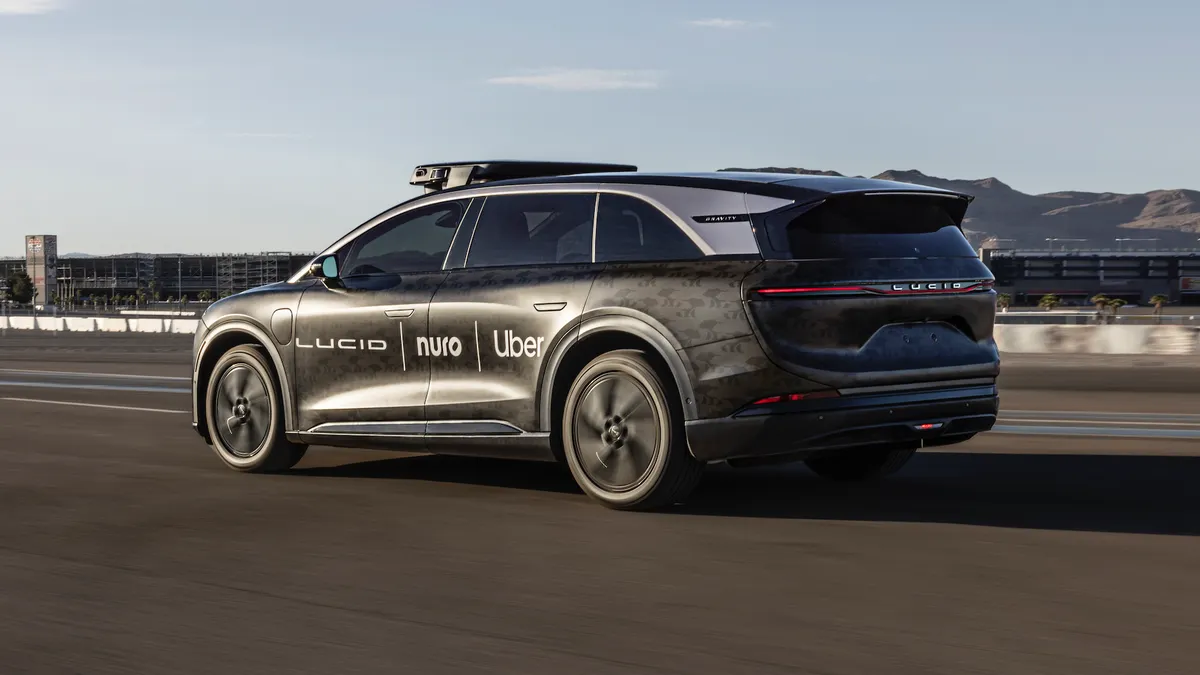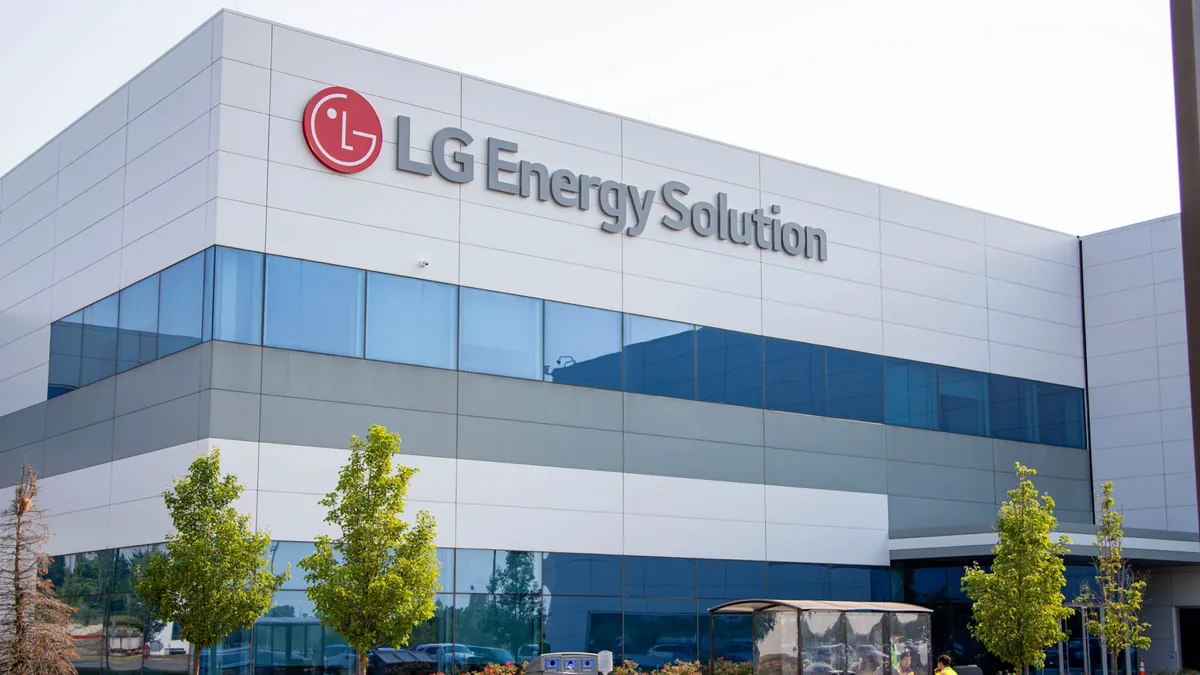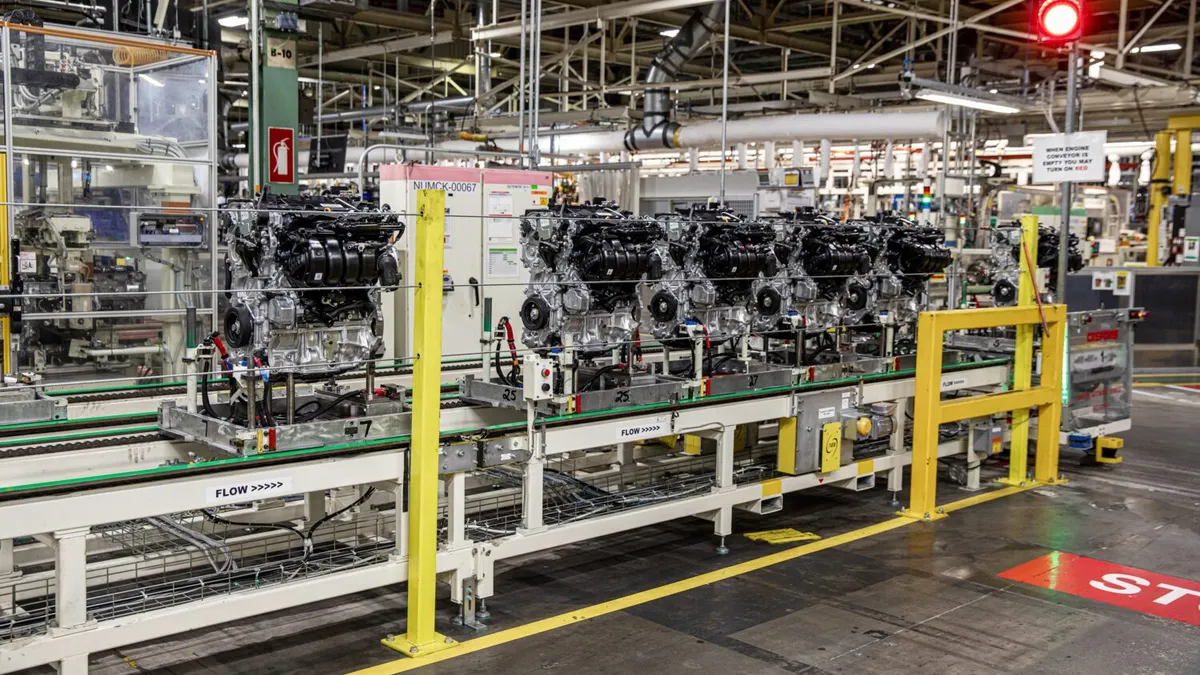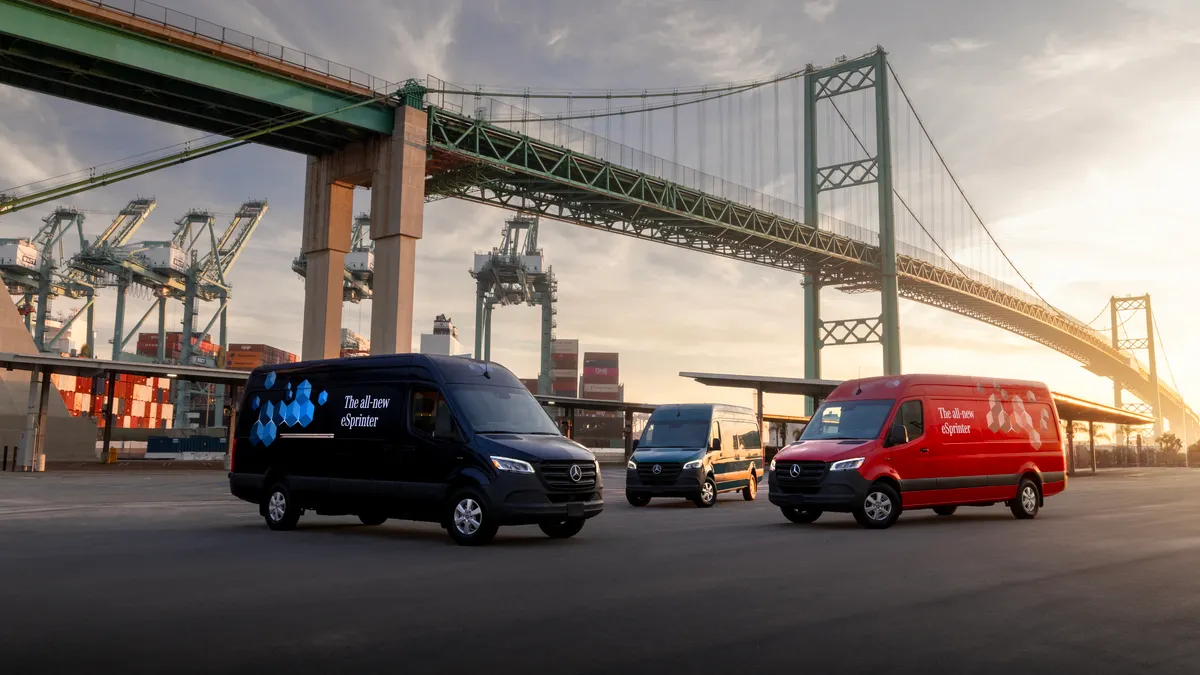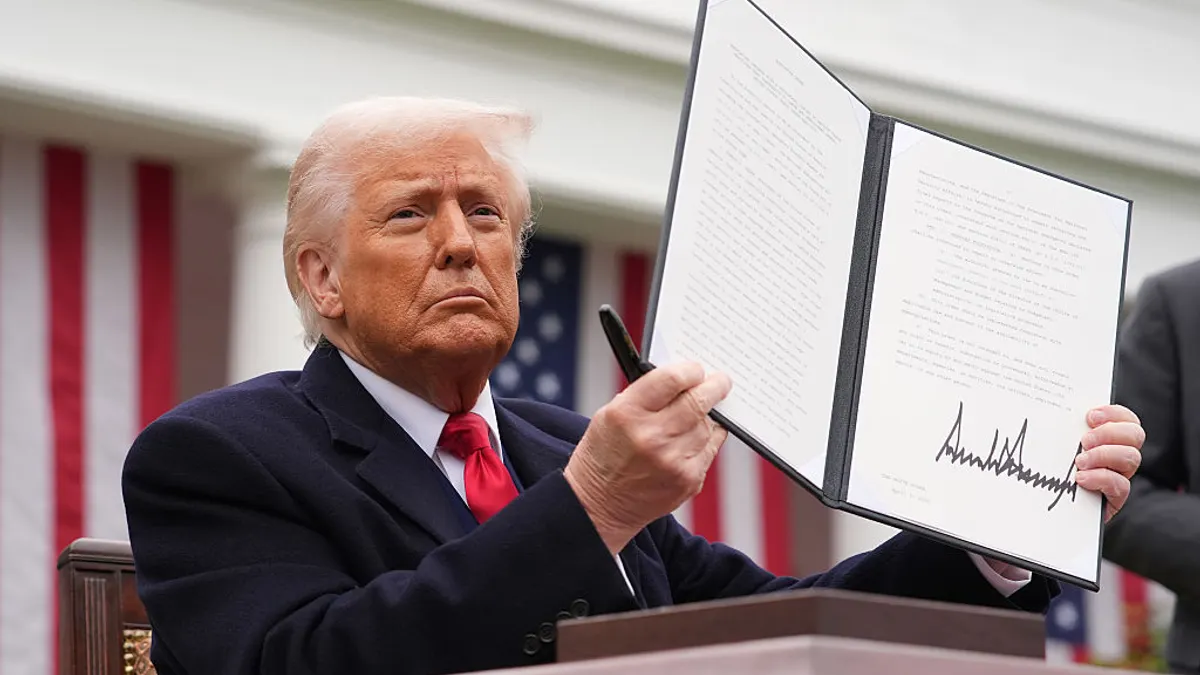Electric vehicle manufacturers' window to sell directly to consumers may be closing, industry experts say, leaving EV startups to consider new sales models to survive.
Tesla famously pioneered the direct-to-consumer sales model more than a decade ago, eschewing the traditional dealer model, and Rivian followed suit, with successful results for both automakers. However, experts say it’s no longer a viable option for other EV startups. Instead, some startups have turned to a dealership model, while others want to mix and match direct and retail sales to get the best of both worlds.
“Tesla was a unicorn,” Mark Schirmer, director of industry insights and corporate communications at Cox Automotive, told Automotive Dive in an interview. “They had perfect timing, and, usually, there’s only one unicorn.”
How EV startups are pivoting
From the looks of it, EV startups Fisker Automotive and VinFast Auto agree that the DTC sales window is closing. In recent months, both companies announced they would start selling vehicles through dealers in North America rather than rely exclusively on DTC sales like Tesla and Rivian. Fisker, however, plans to scrap DTC sales entirely.
“As we commenced deliveries in meaningful numbers, we realized that it would take us too long to build up the infrastructure to deliver vehicles in the volumes we require,” a Fisker spokesperson told Automotive Dive in an email.
VinFast, meanwhile, is moving from DTC only to a hybrid model, which includes DTC sales and dealers. They currently have several dealers scattered across the U.S., but most of them are in California.
The pivot to DTC sales comes as automakers weigh the pros and cons of different models. According to Chris Sutton, vice president of automotive retail at J.D. Power, the DTC model is more profitable for EV manufacturers, but selling DTC in the U.S. is complex. Many states have dealer franchise laws that make DTC sales difficult or impossible, and navigating that can be expensive and complex. The retail model, on the other hand, eliminates those barriers.
Working with dealers makes more sense for the next generation of automakers because companies like Fisker and VinFast are trying to grow EV sales quickly amid slowing demand, increased competition and falling prices, Schirmer said. “They’re now up against established automakers who also have EV offerings, so having the support of dealers and their money makes for a good opportunity.”
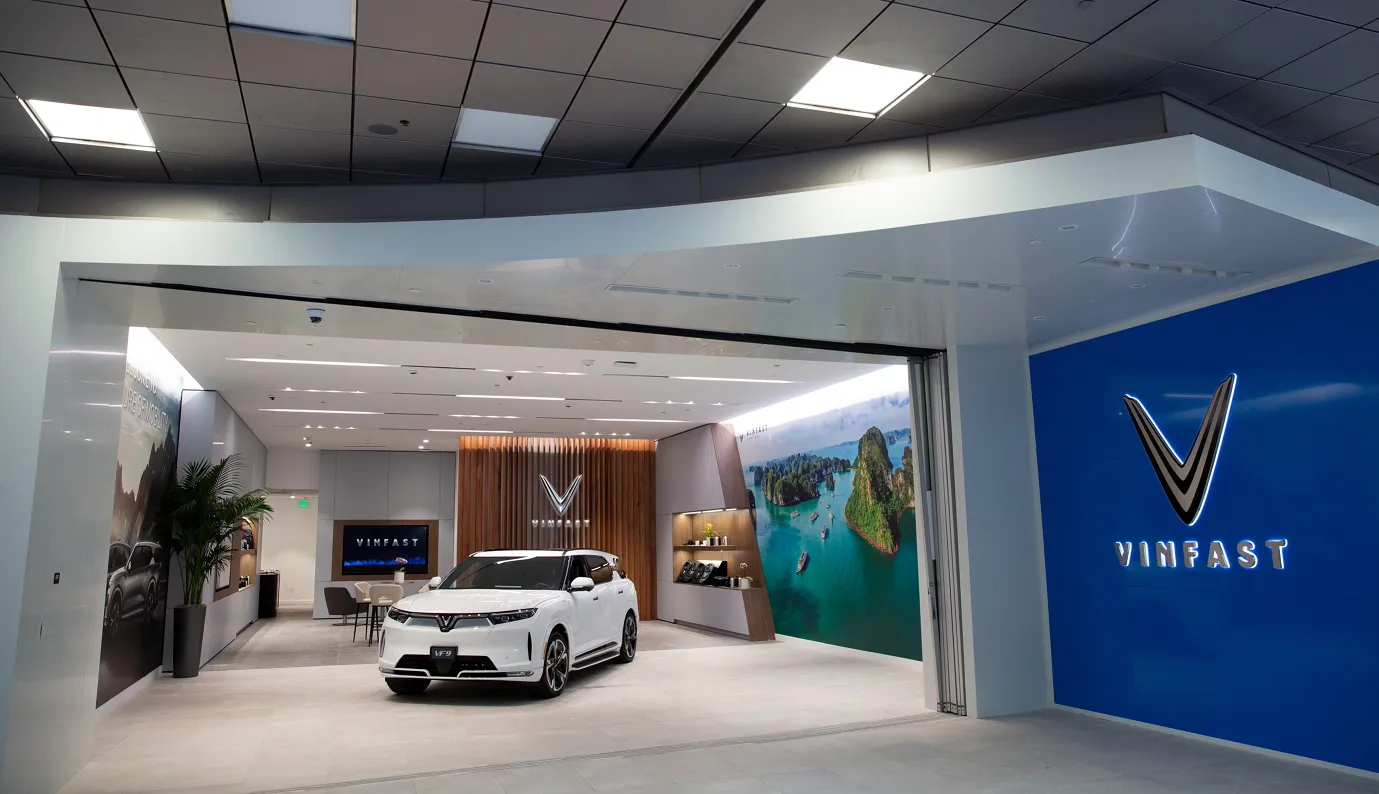
That’s one of the big upsides to working with dealers, said Sutton. “As a brand, you need to promote and reach buyers for them to consider you,” he said. “Dealers can do that for you. They understand their local markets and have a presence in their communities.”
There’s also the fact that, in many cases, potential buyers still enjoy touching, feeling and driving vehicles before handing over their cash. According to Schirmer, Cox surveys show that most buyers still consider the dealership experience a positive and often prefer to interact with sales teams along with the vehicles.
While Fisker successfully delivered 5,000 vehicles in 2023 largely through the DTC model — they had two retail showrooms last year — the company found that customers wanted test-driving opportunities.
“We think that we can offer customers, dealers, and our customers a ‘win-win-win’ as customers will get their vehicles sooner, and dealers can sell new vehicles from a ‘Pure EV brand’/EV-only brand at a profit,” the Fisker spokesperson said. “Our company will be able to scale sales and service much more quickly.”
Transition to retail comes with risks, too
Despite all the positives, like anything, there are potential downsides to working with dealers, according to Sutton. Selling EVs through dealers, for instance, could be more expensive because they earn a profit on each vehicle they sell, which can lower the manufacturer’s margins.
“But that’s subject to fluctuation, and if a dealer has inventory on the ground, they’re likely to get aggressive with price cutting, and then it’s not a much more expensive approach,” Sutton said
EV startups also trade off some of their control when forgoing DTC sales. When there’s a middleman in the form of a dealer, the manufacturer remains a step removed from the consumer. “That can be good or bad,” Schirmer said. “If you’ve got an excellent dealer network, you don’t have to worry. But if not, your [vehicle] display may not be exactly what you want, for instance.”
For now, it appears the new EV players are choosing to return to the traditional sales funnel and not considering that a step back.
“Remaining DTC makes sense only if you have a lot of time and money to build up the retail footprint,” the Fisker spokesperson said. “For a certain one of our competitors, this was possible in a low-interest rate era before COVID, when there was significantly less competition. The world is different now.”


